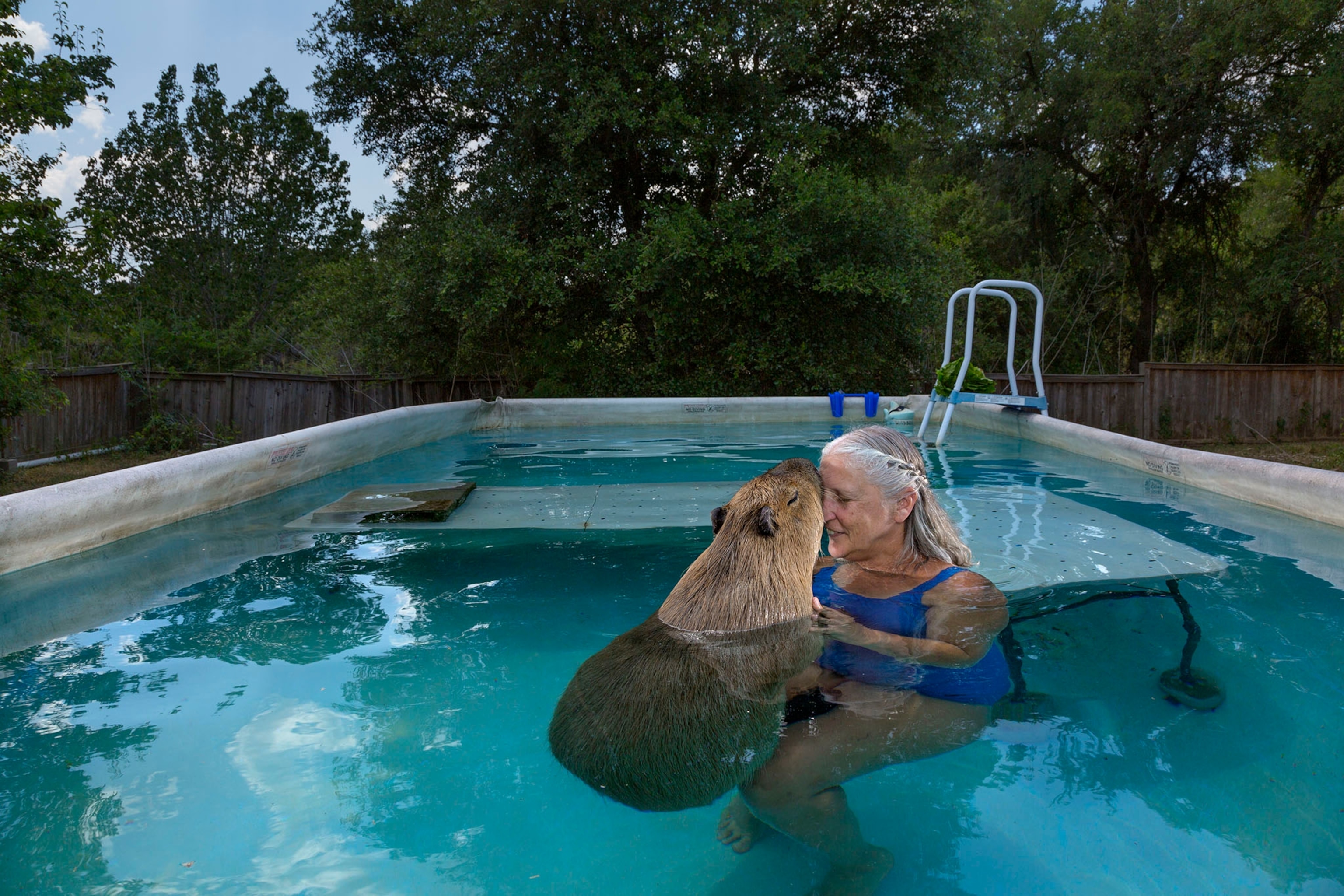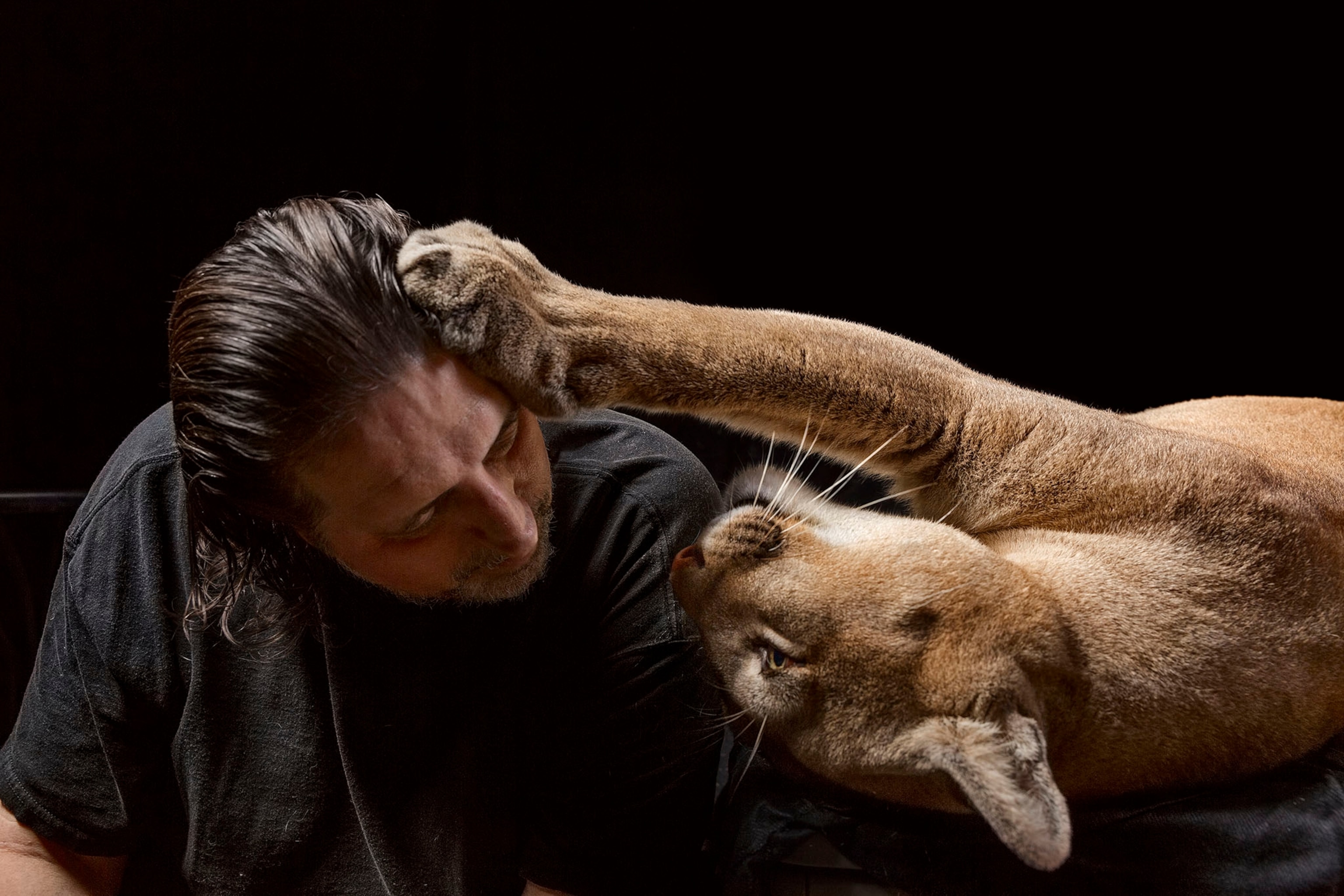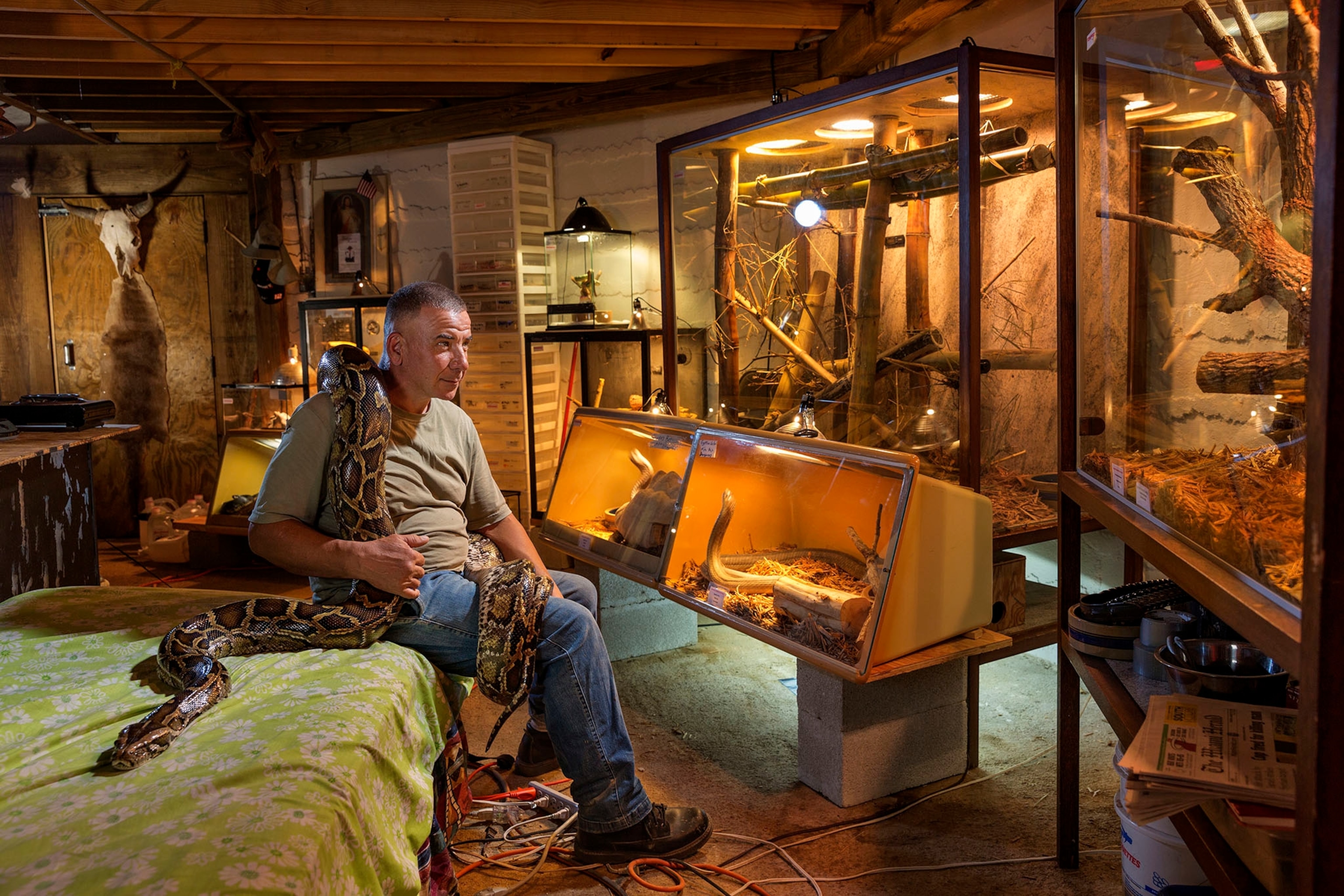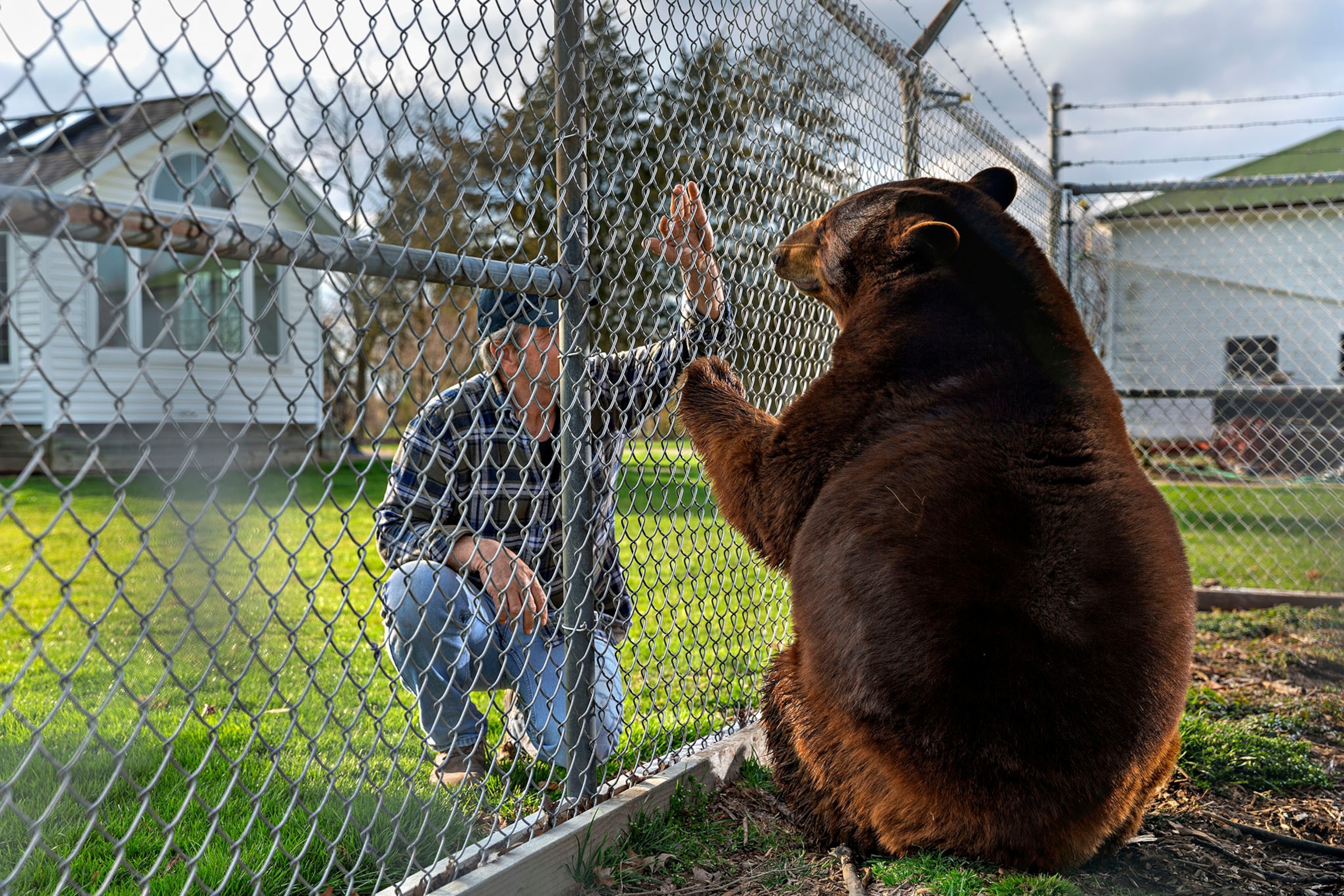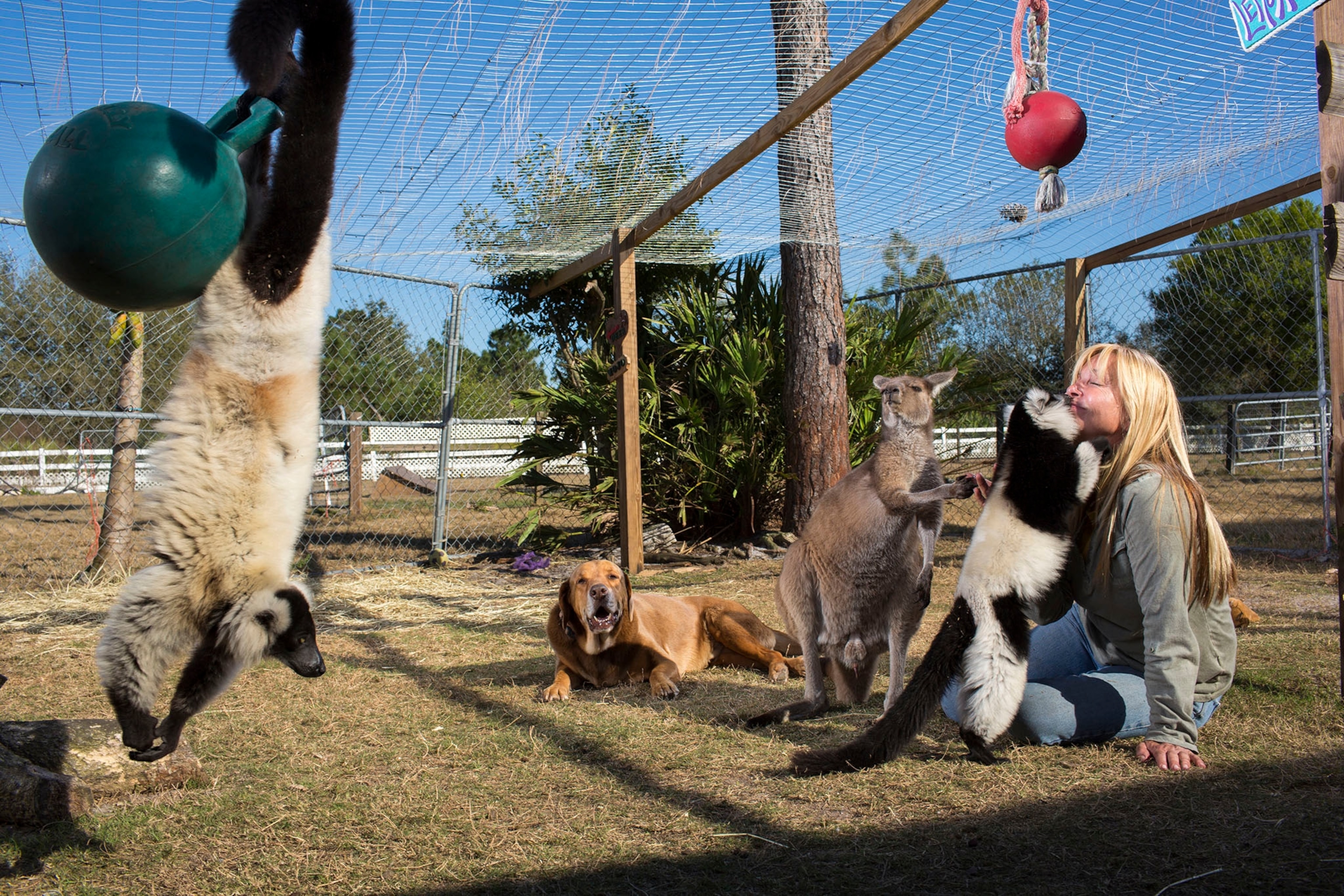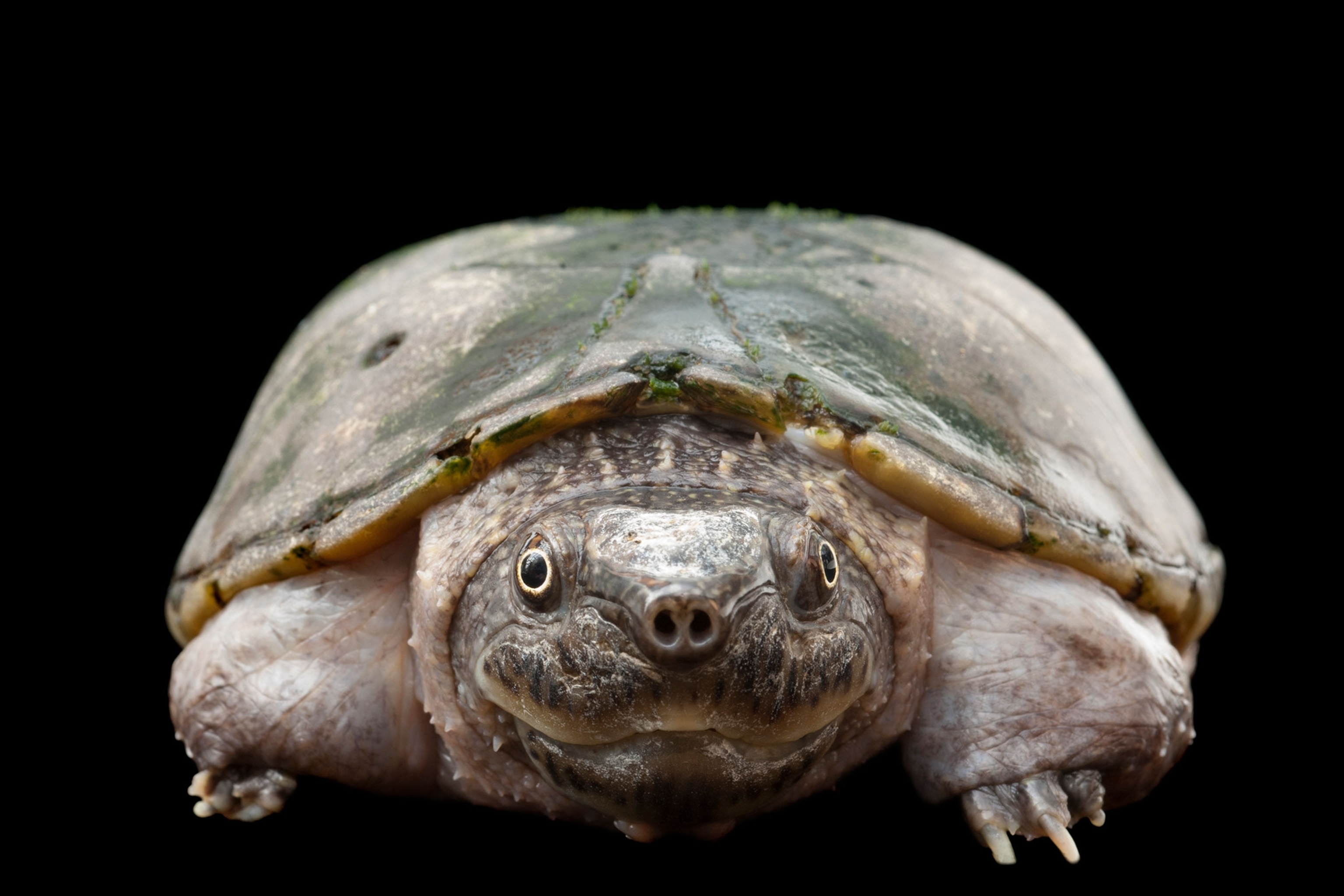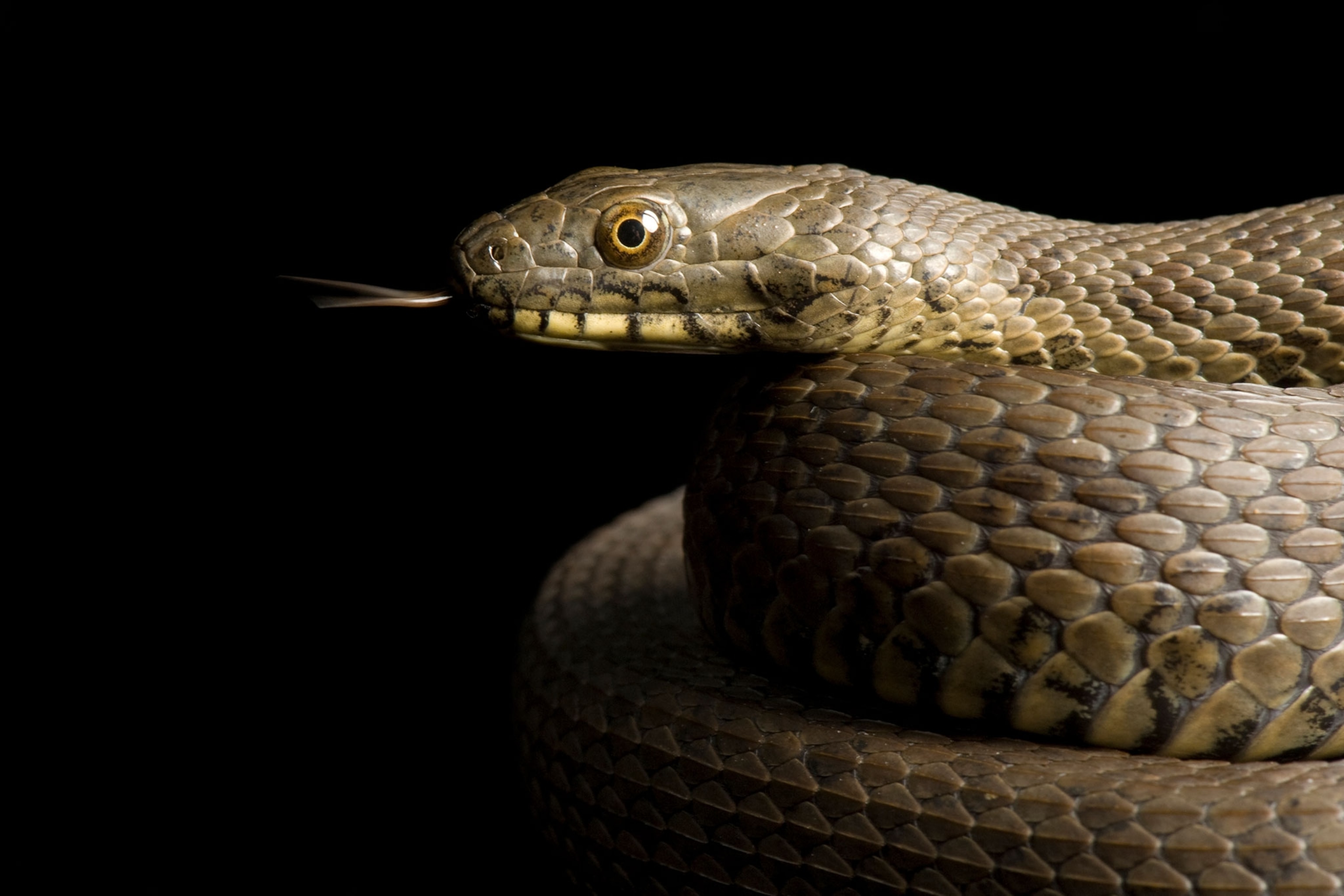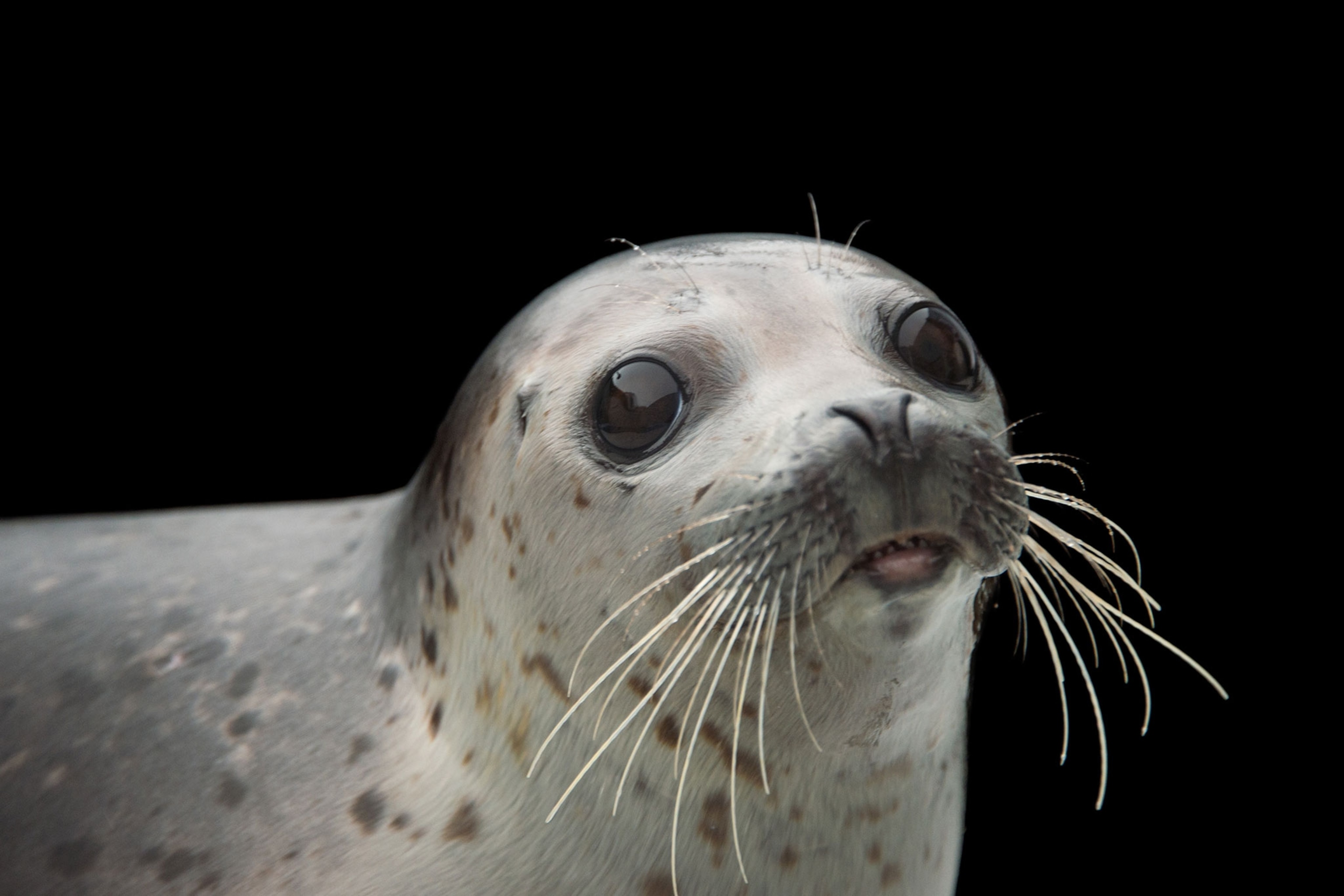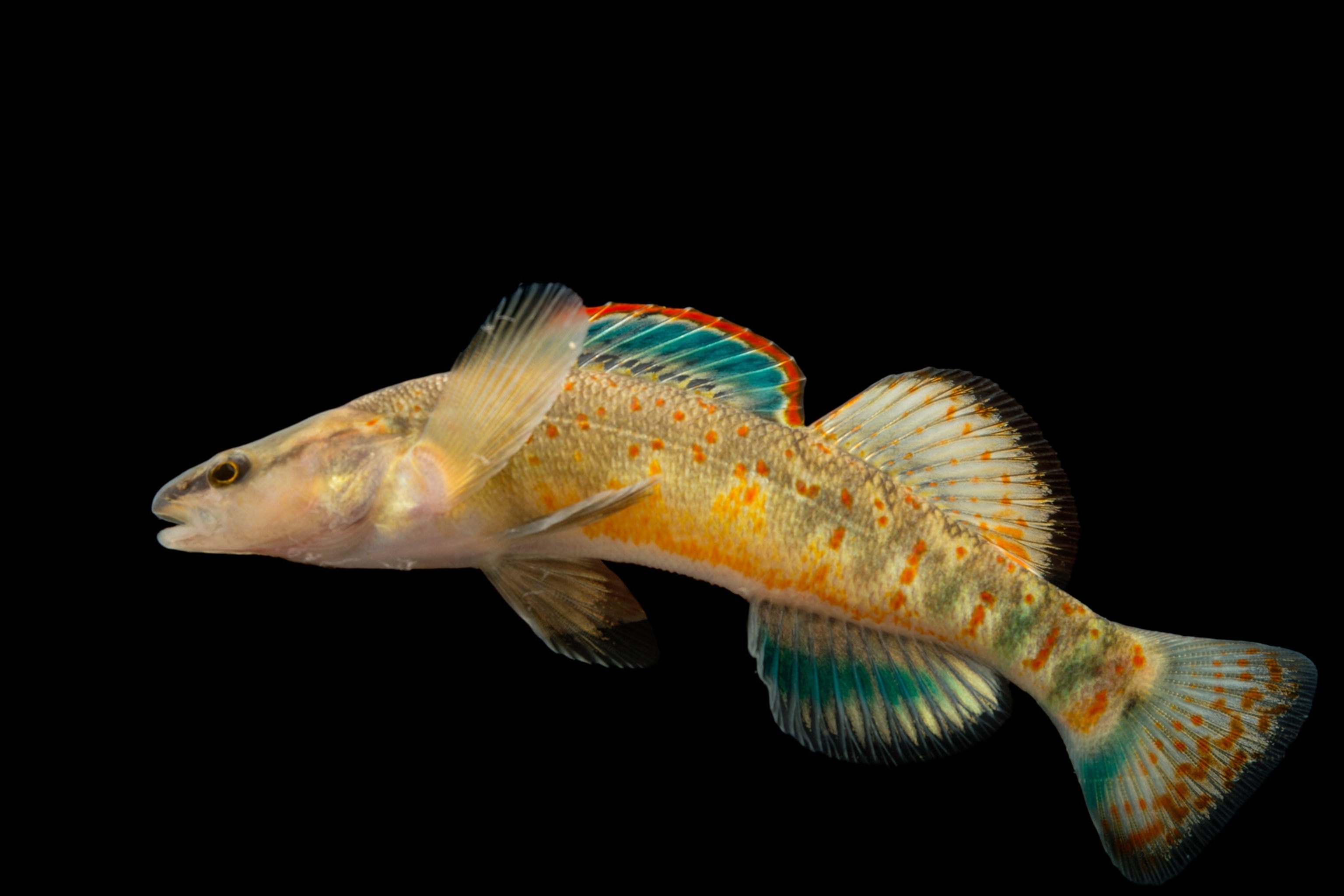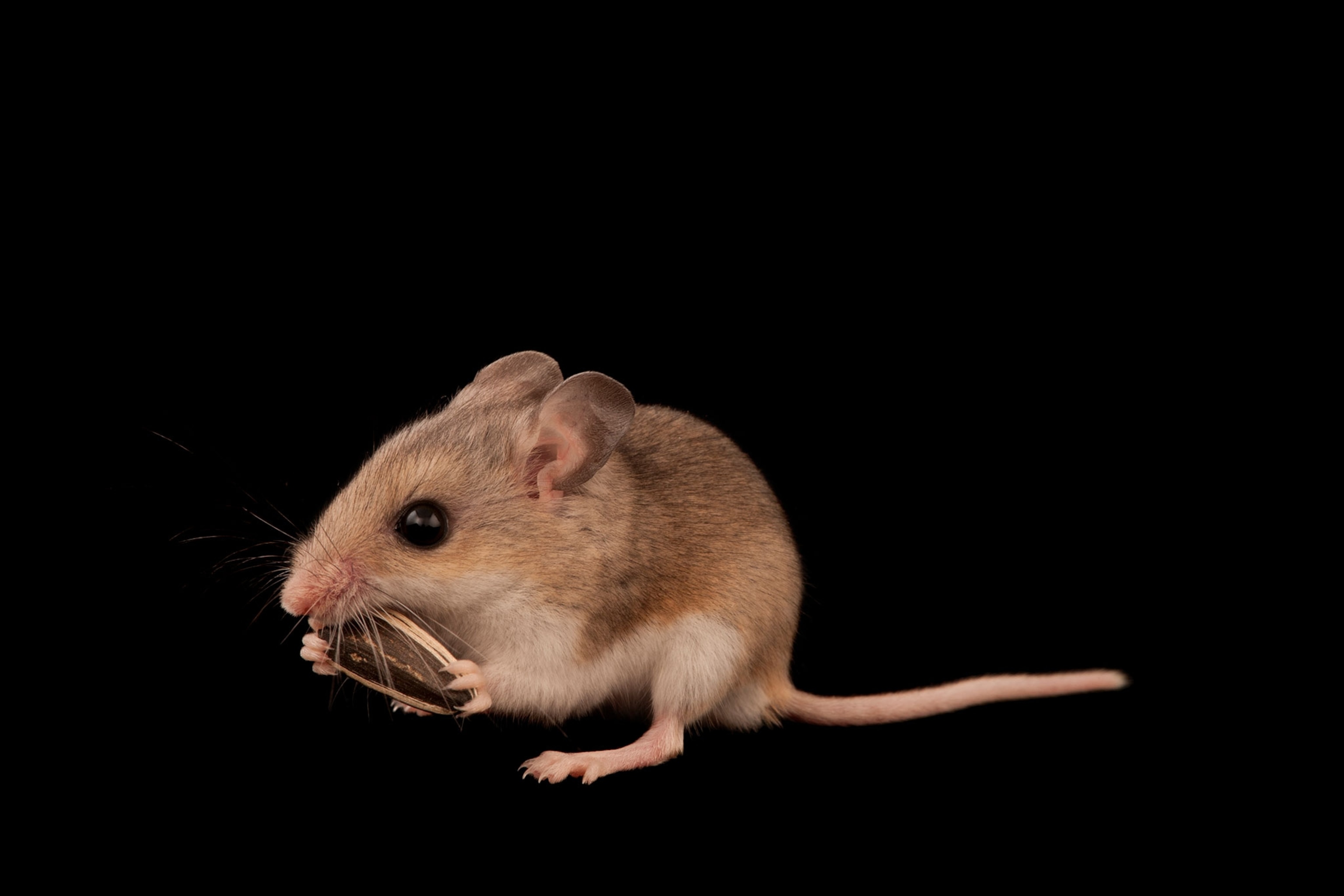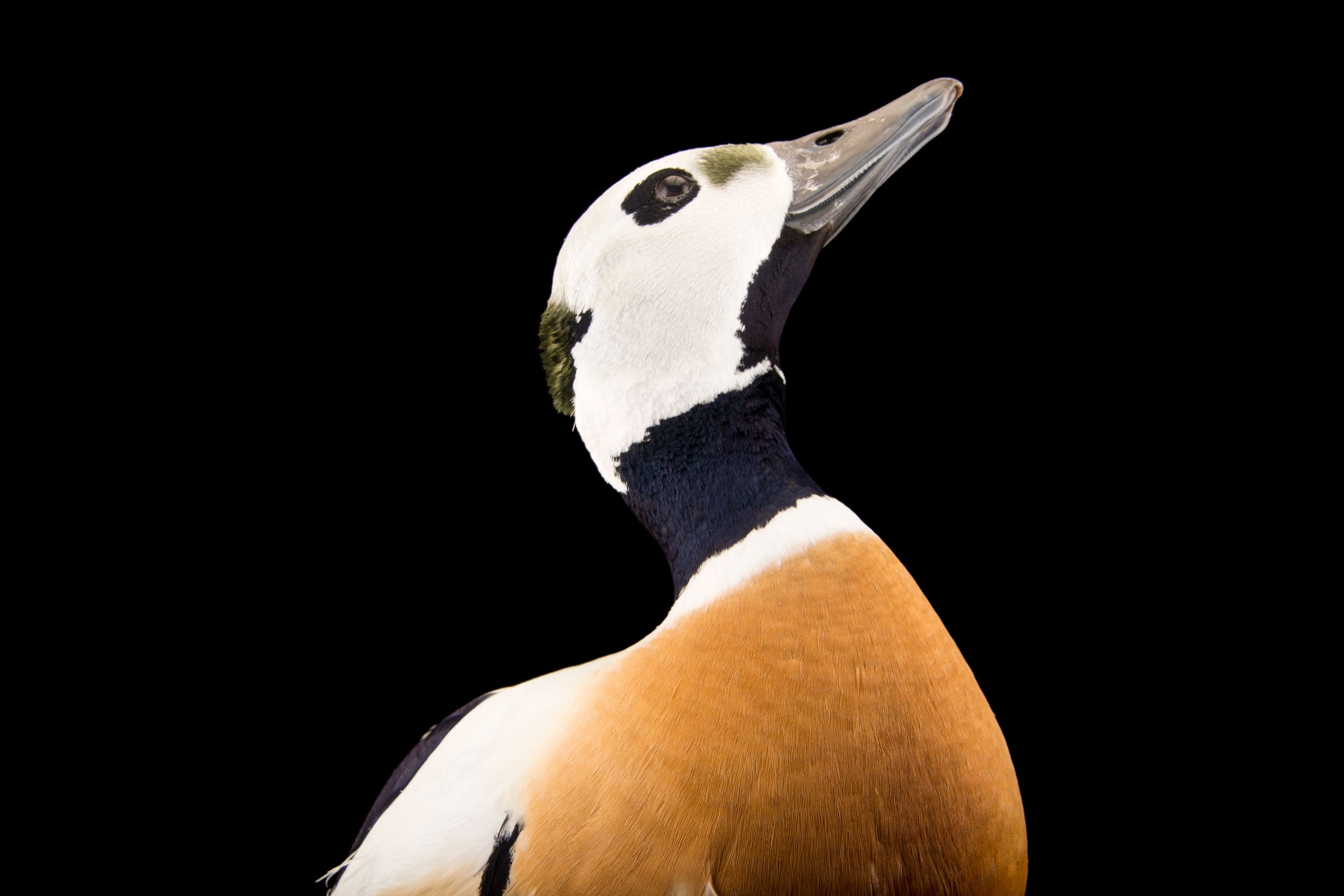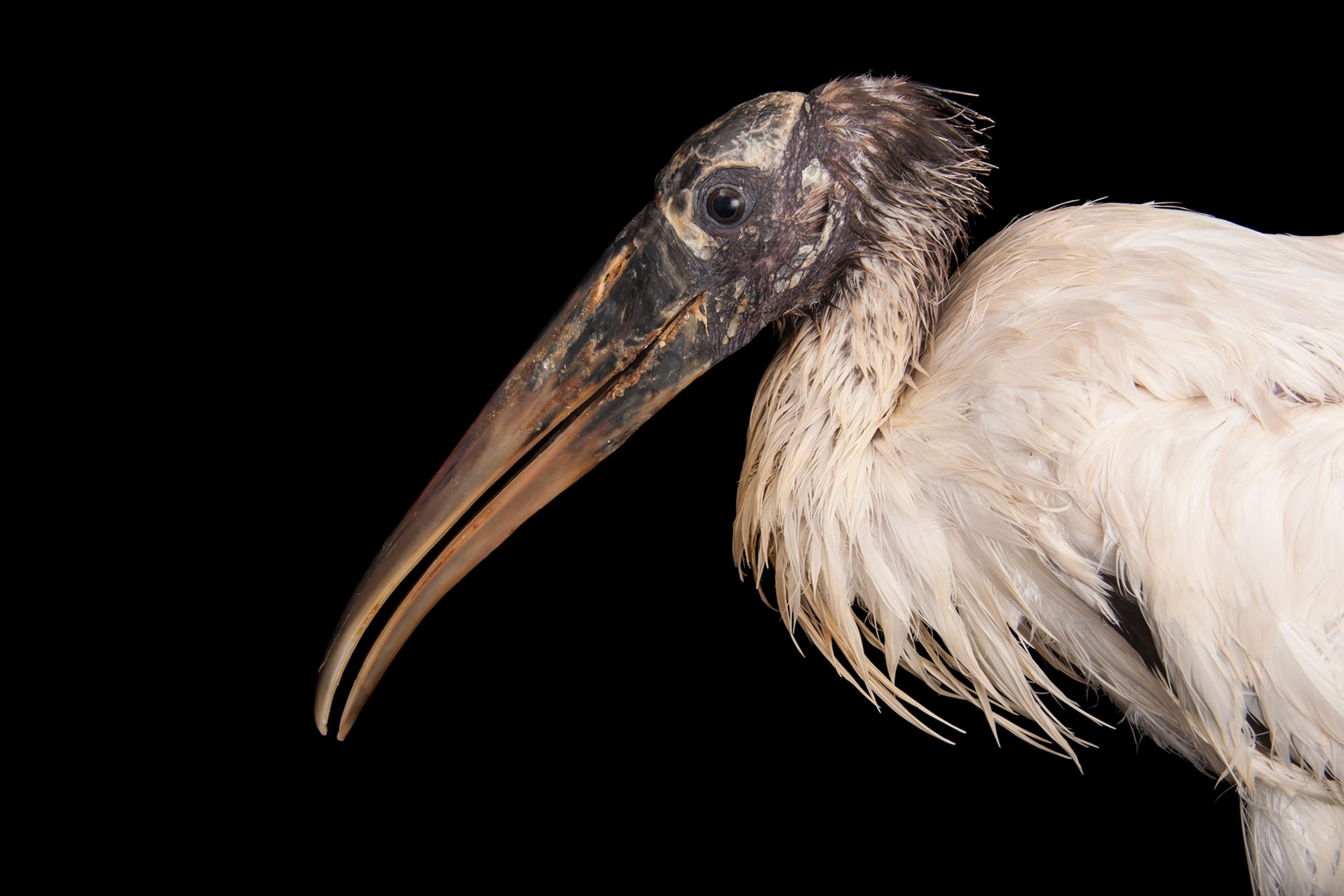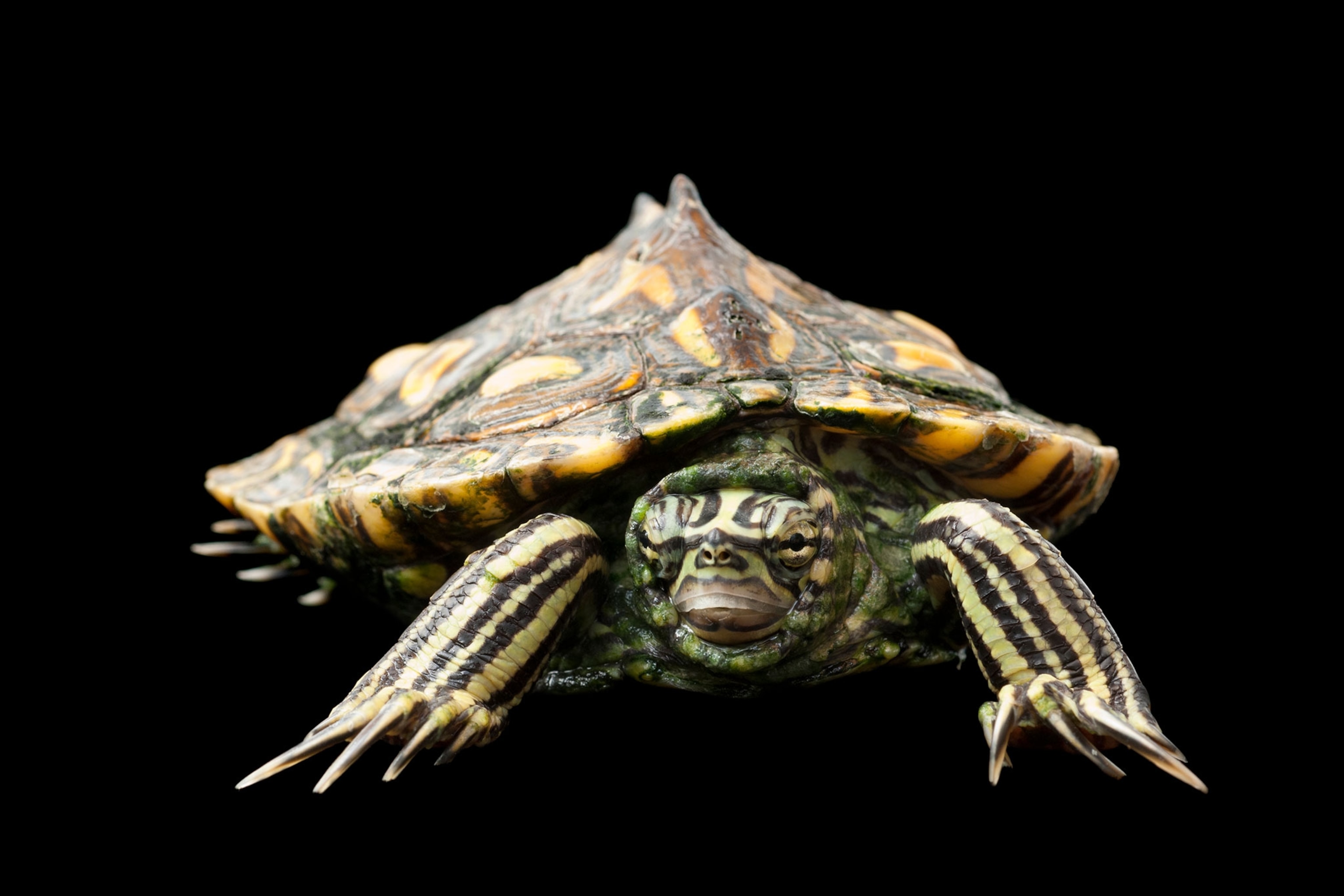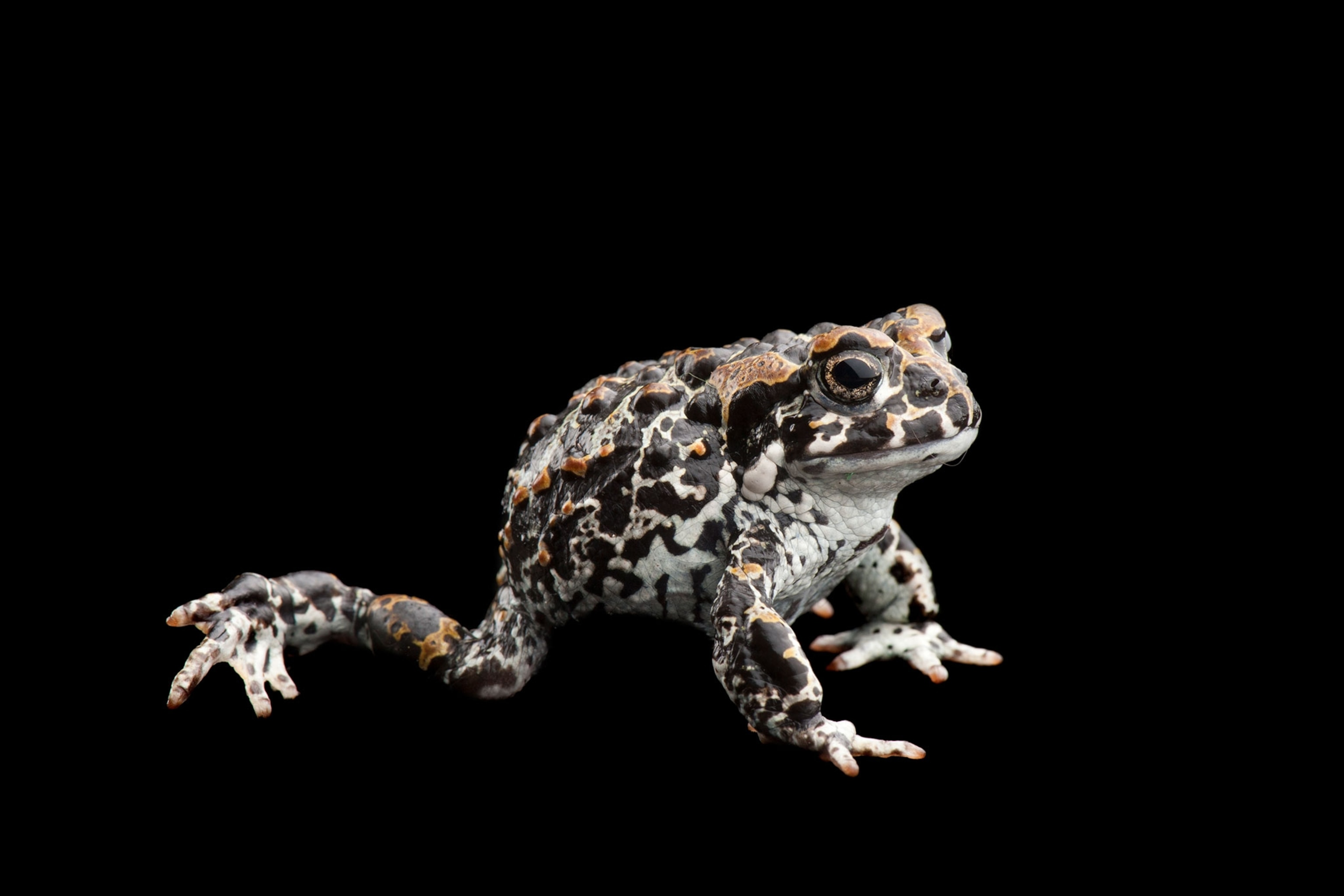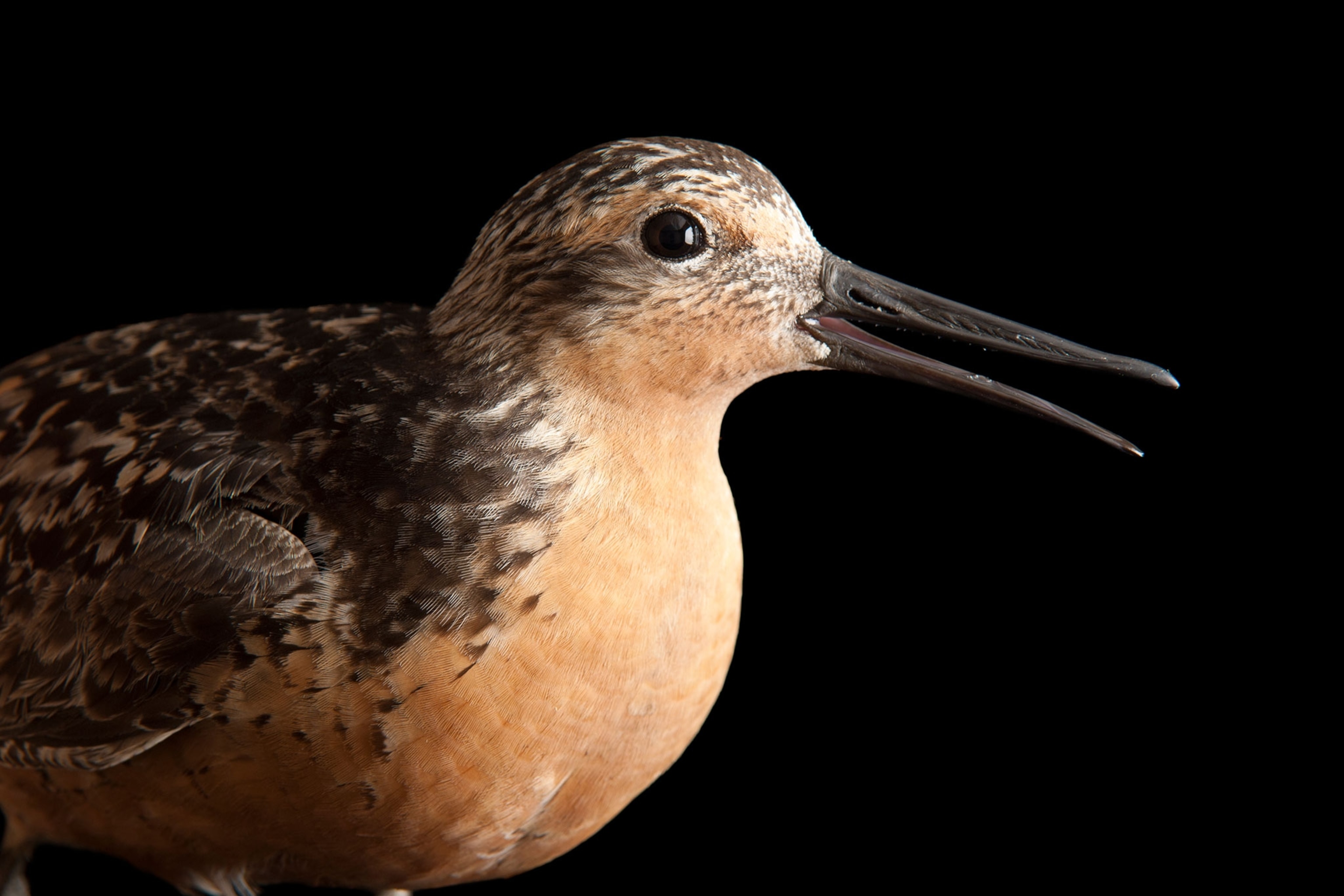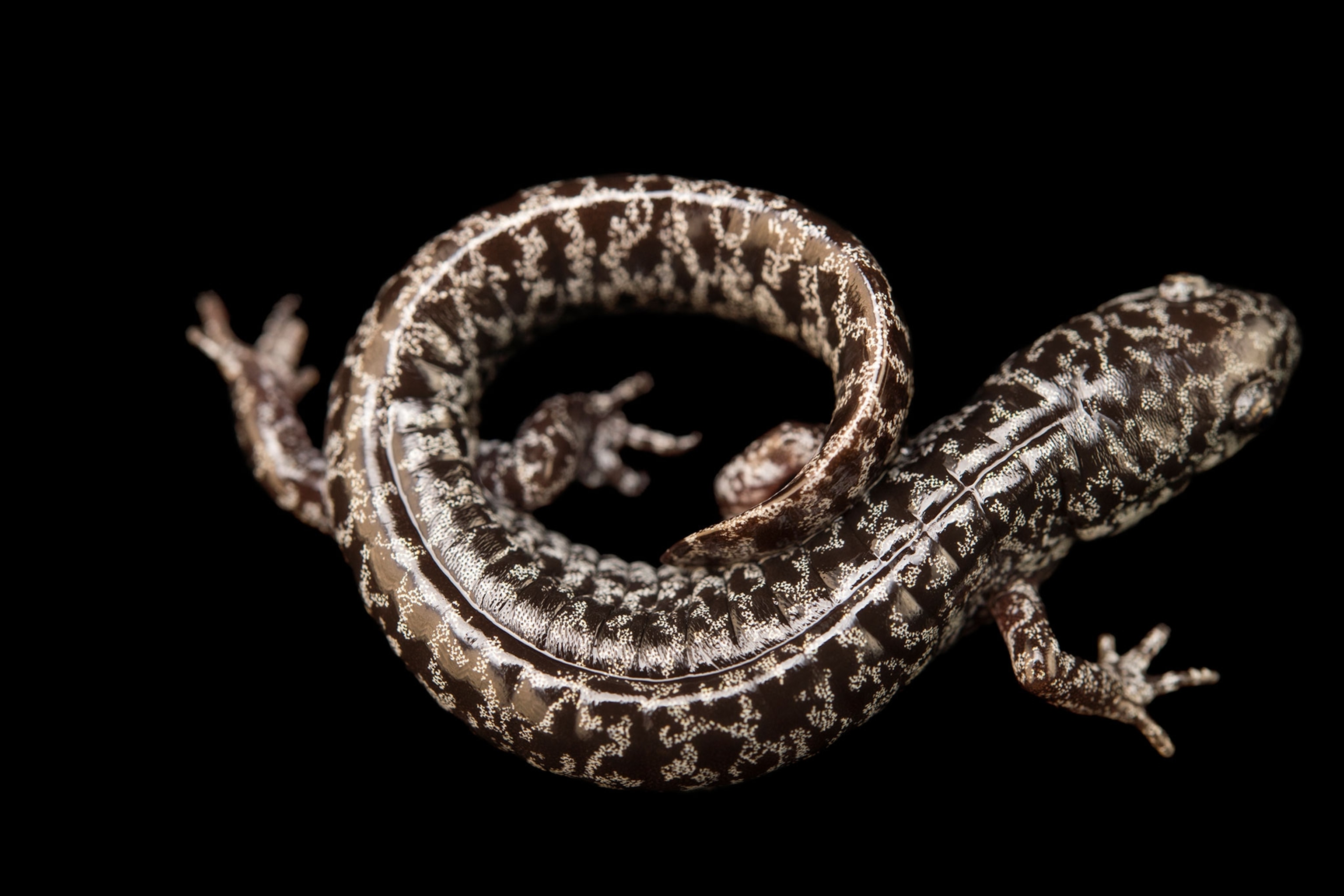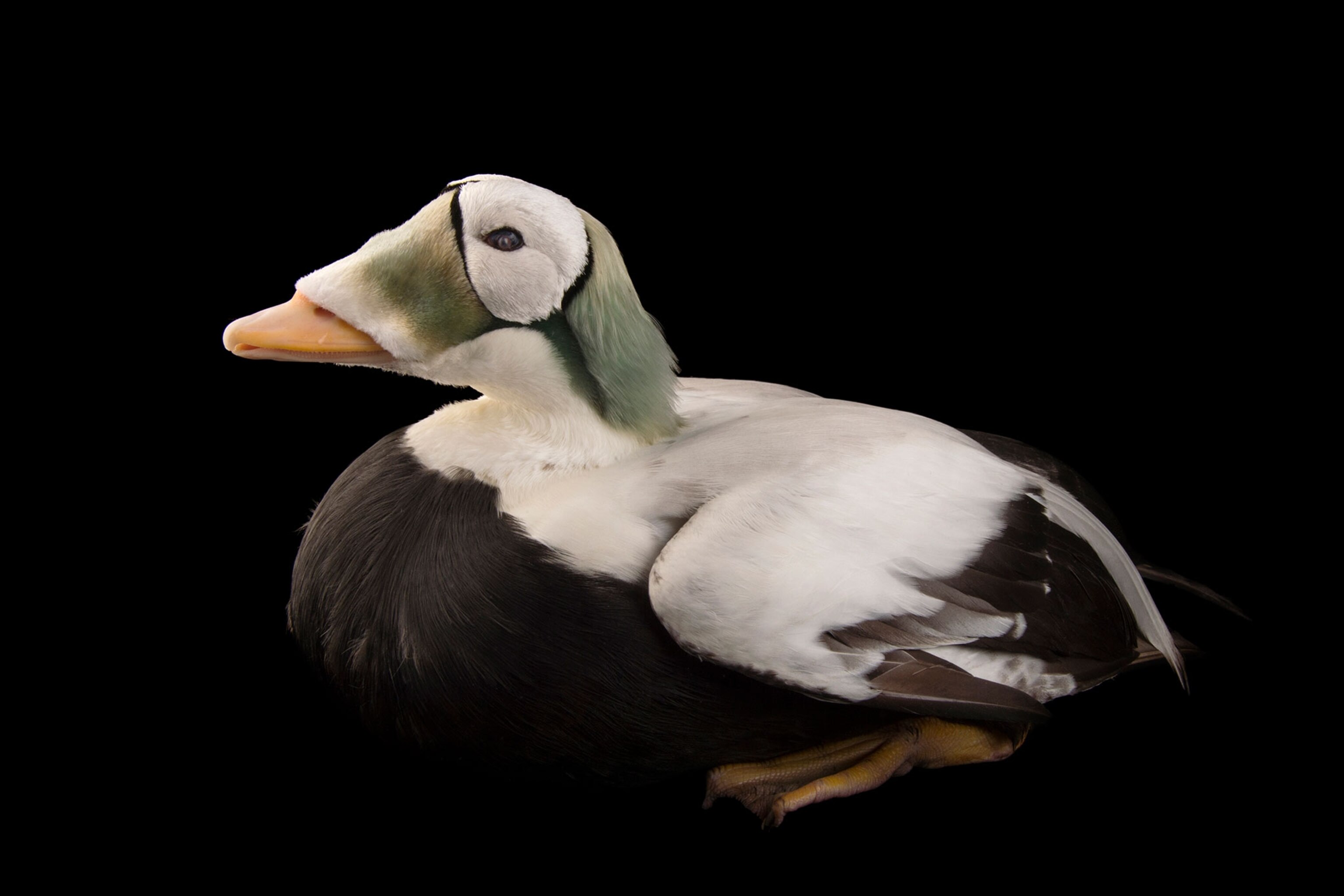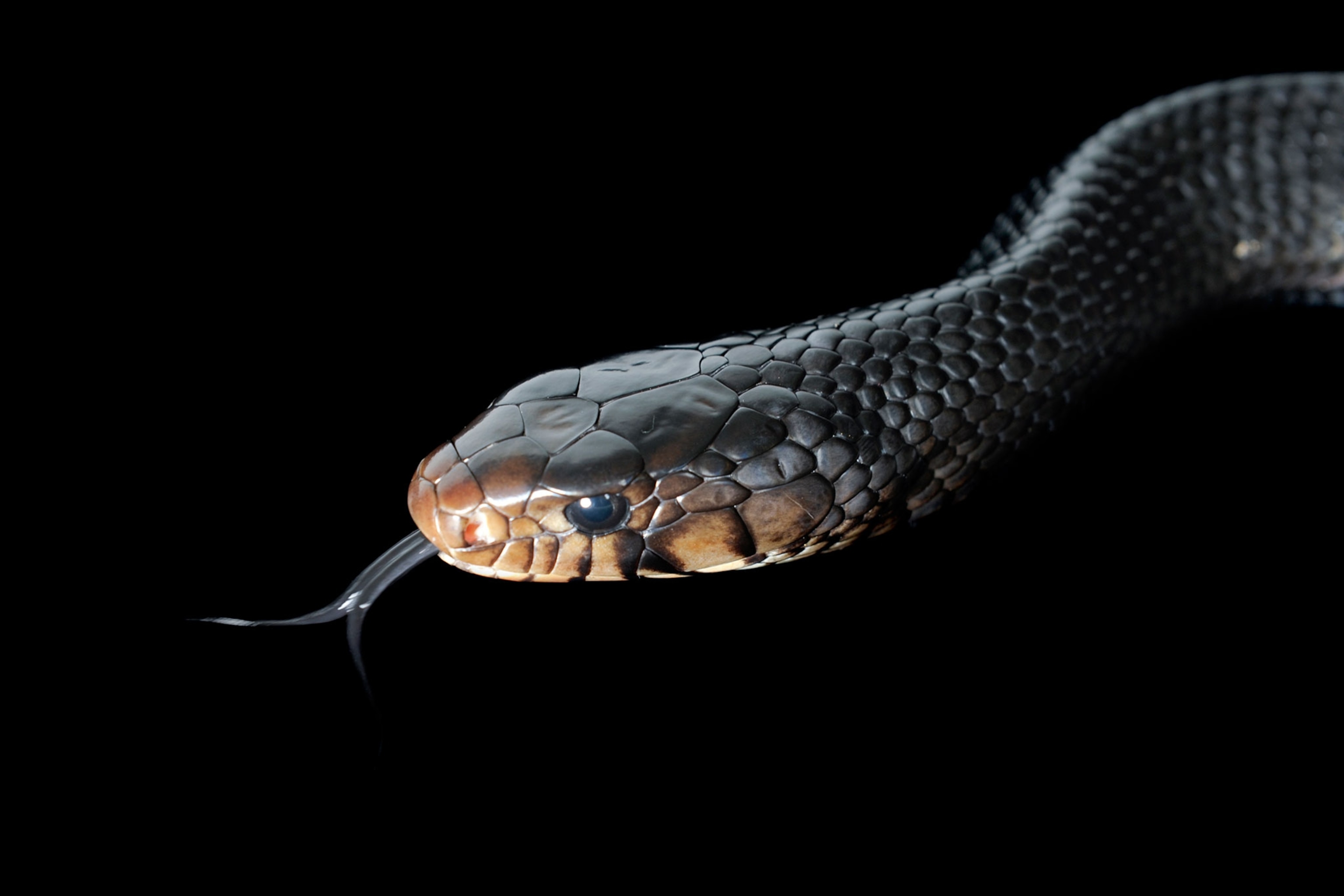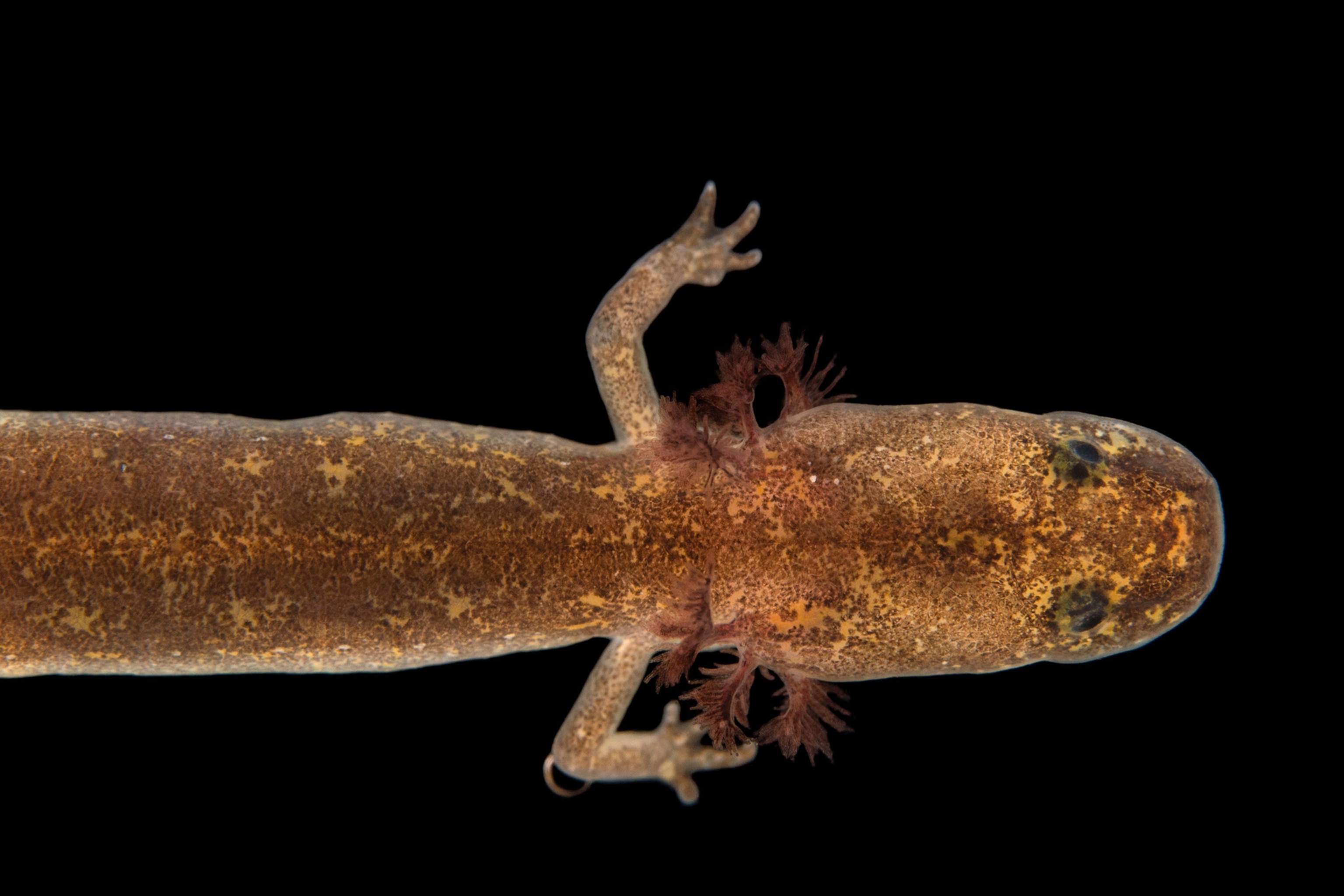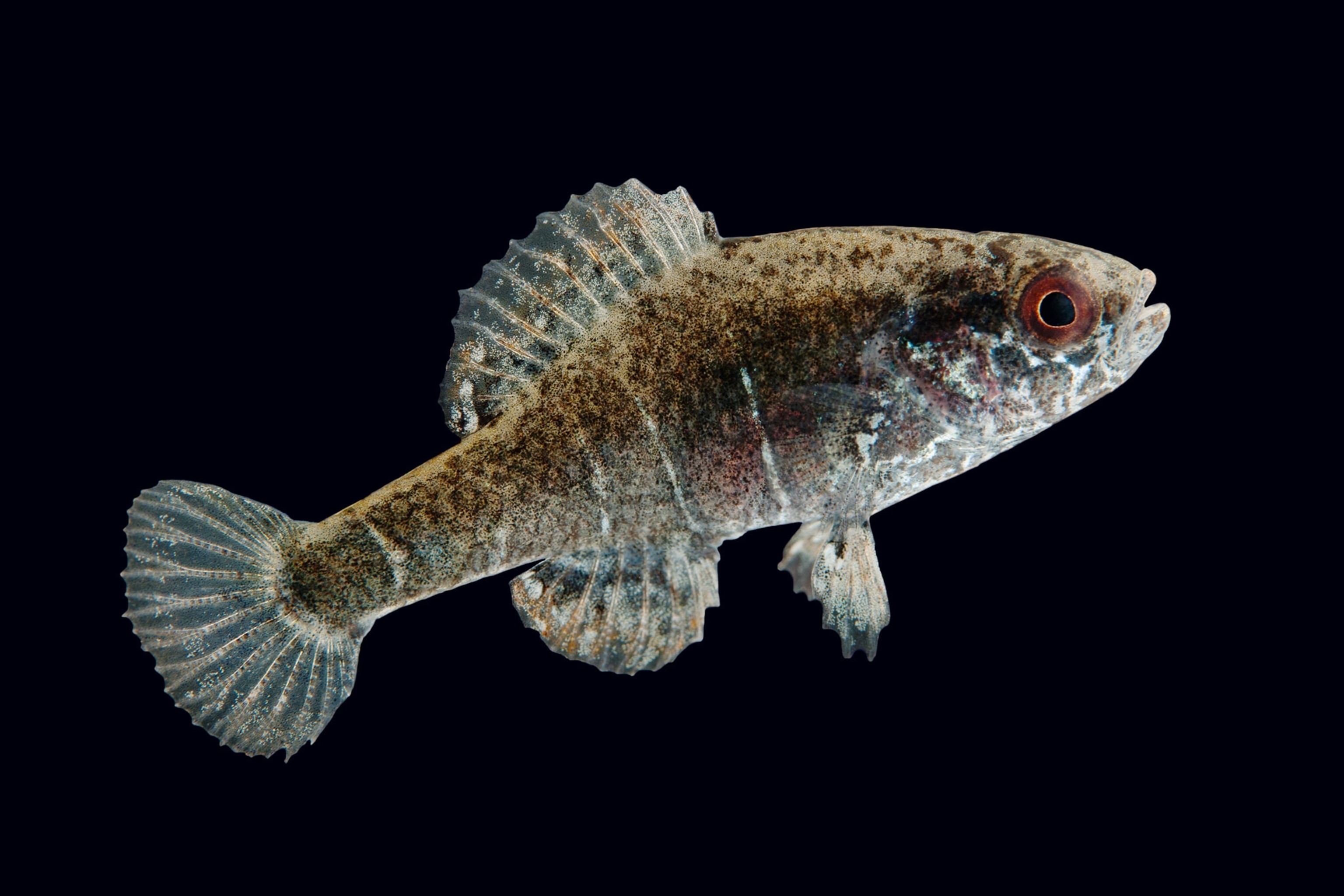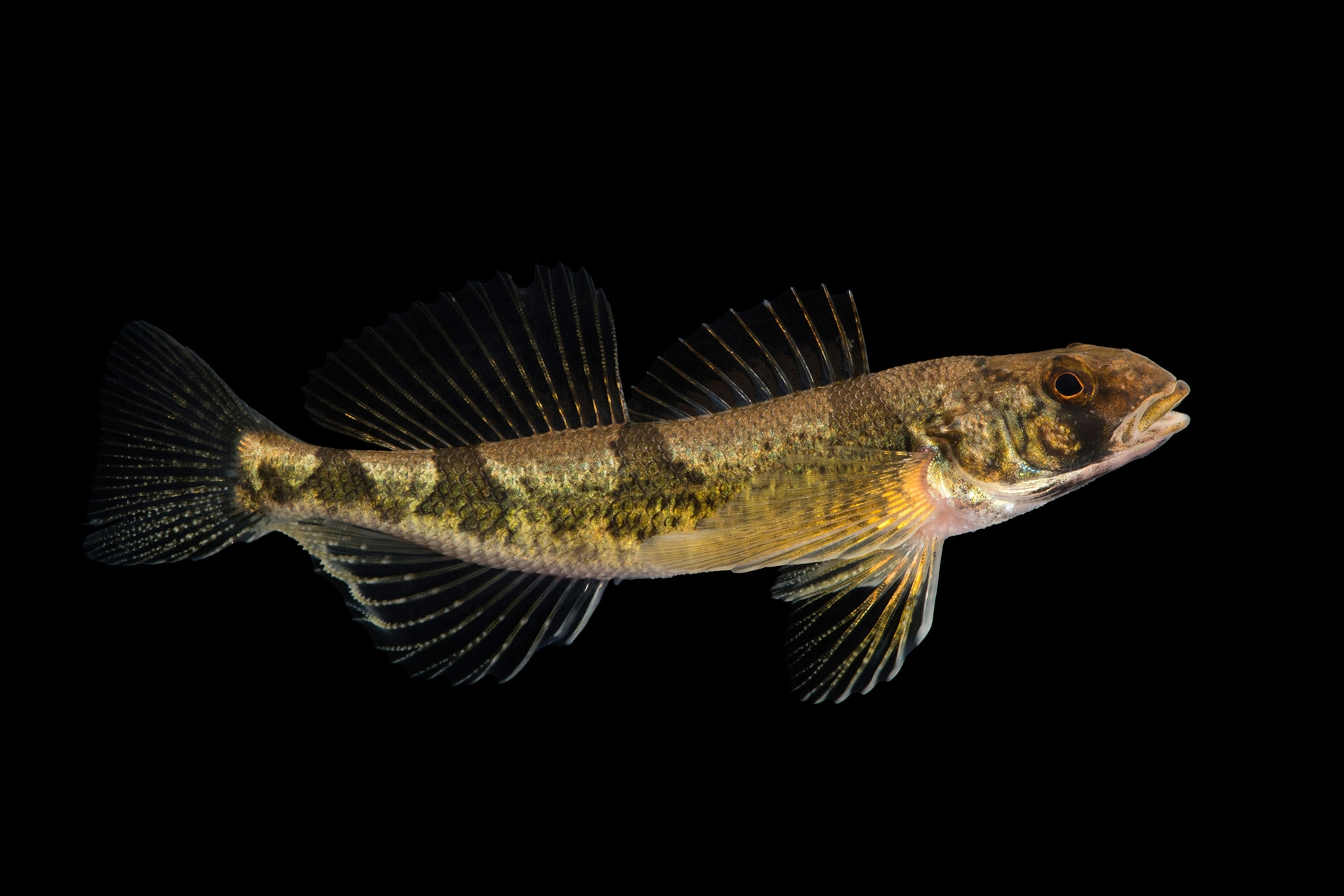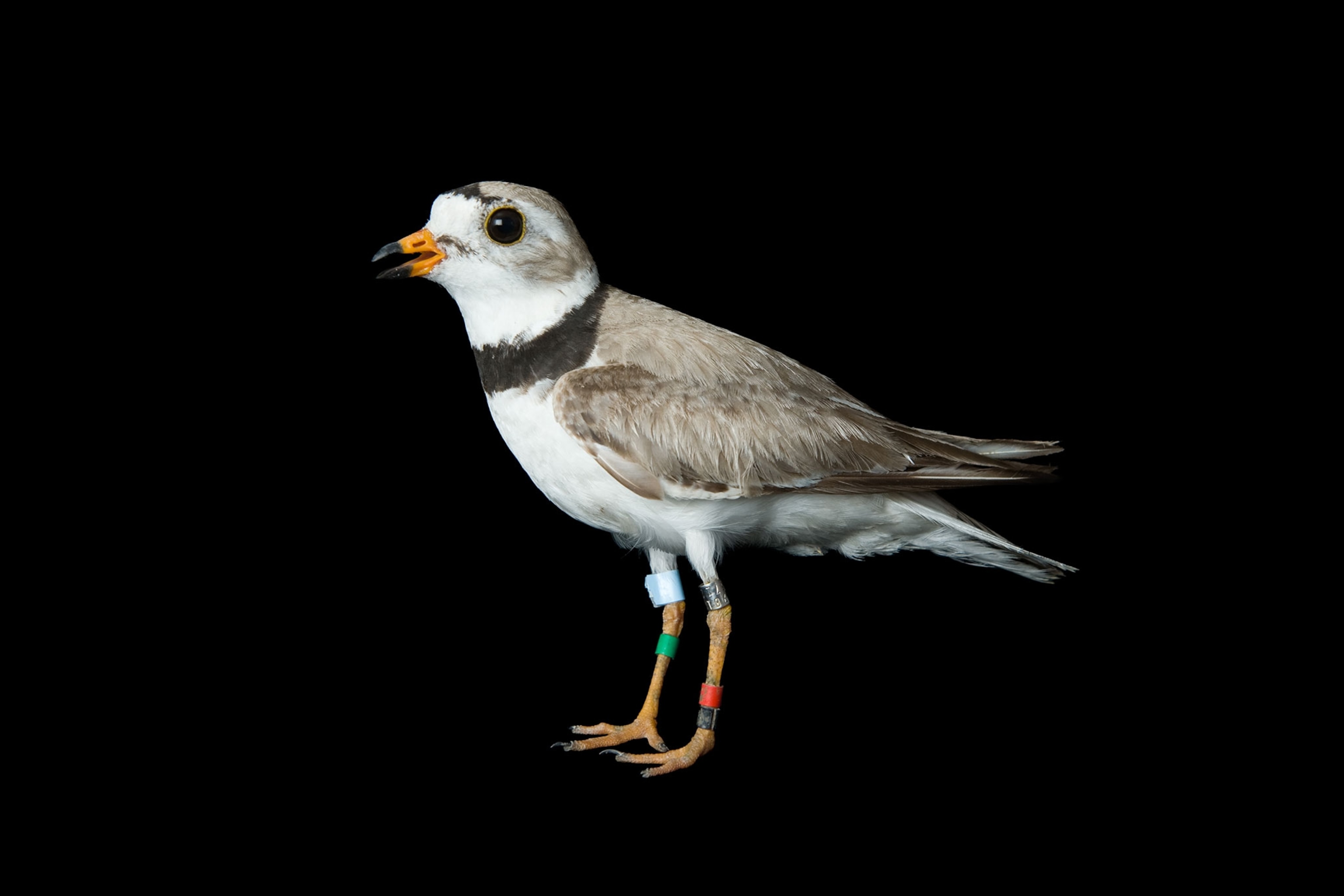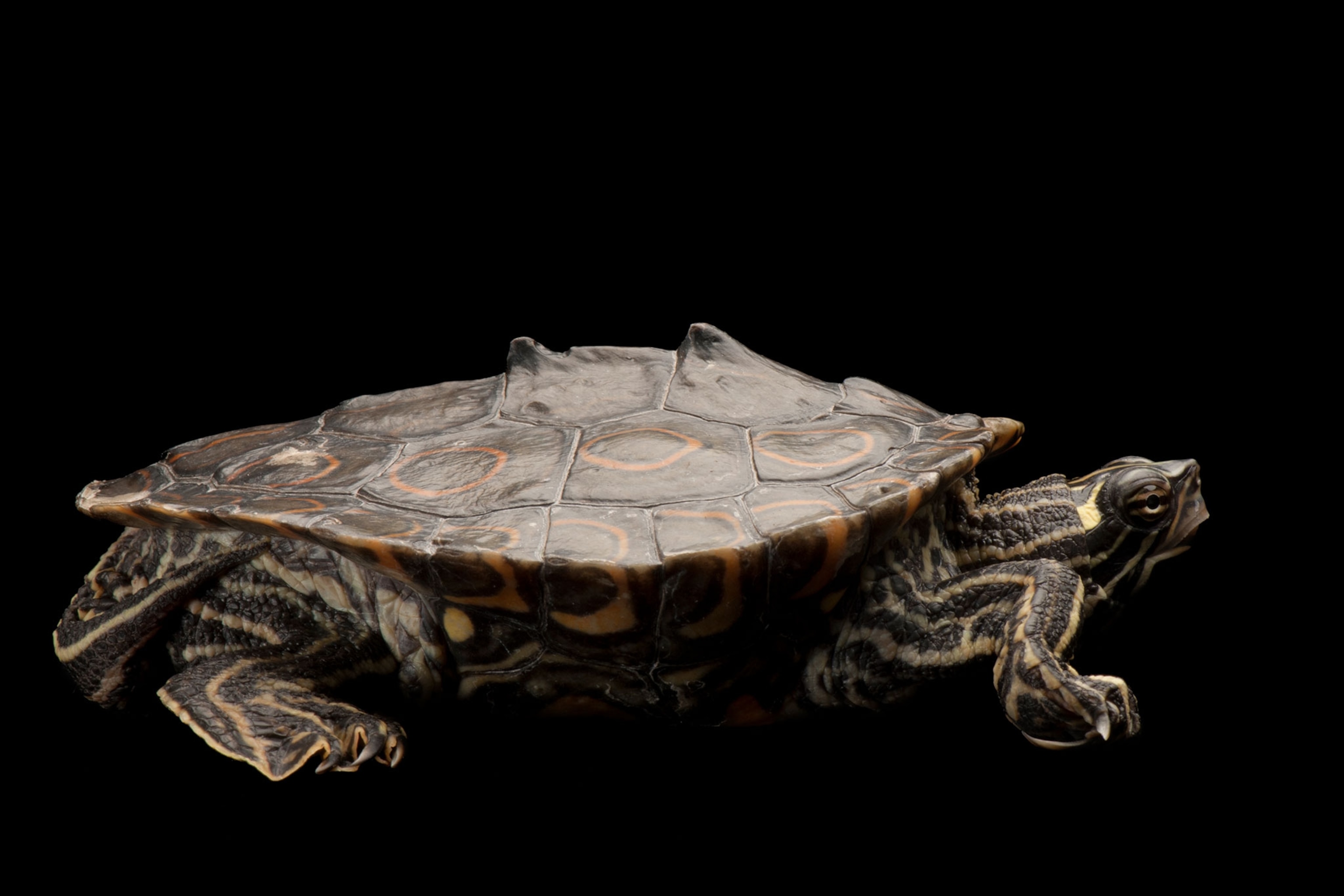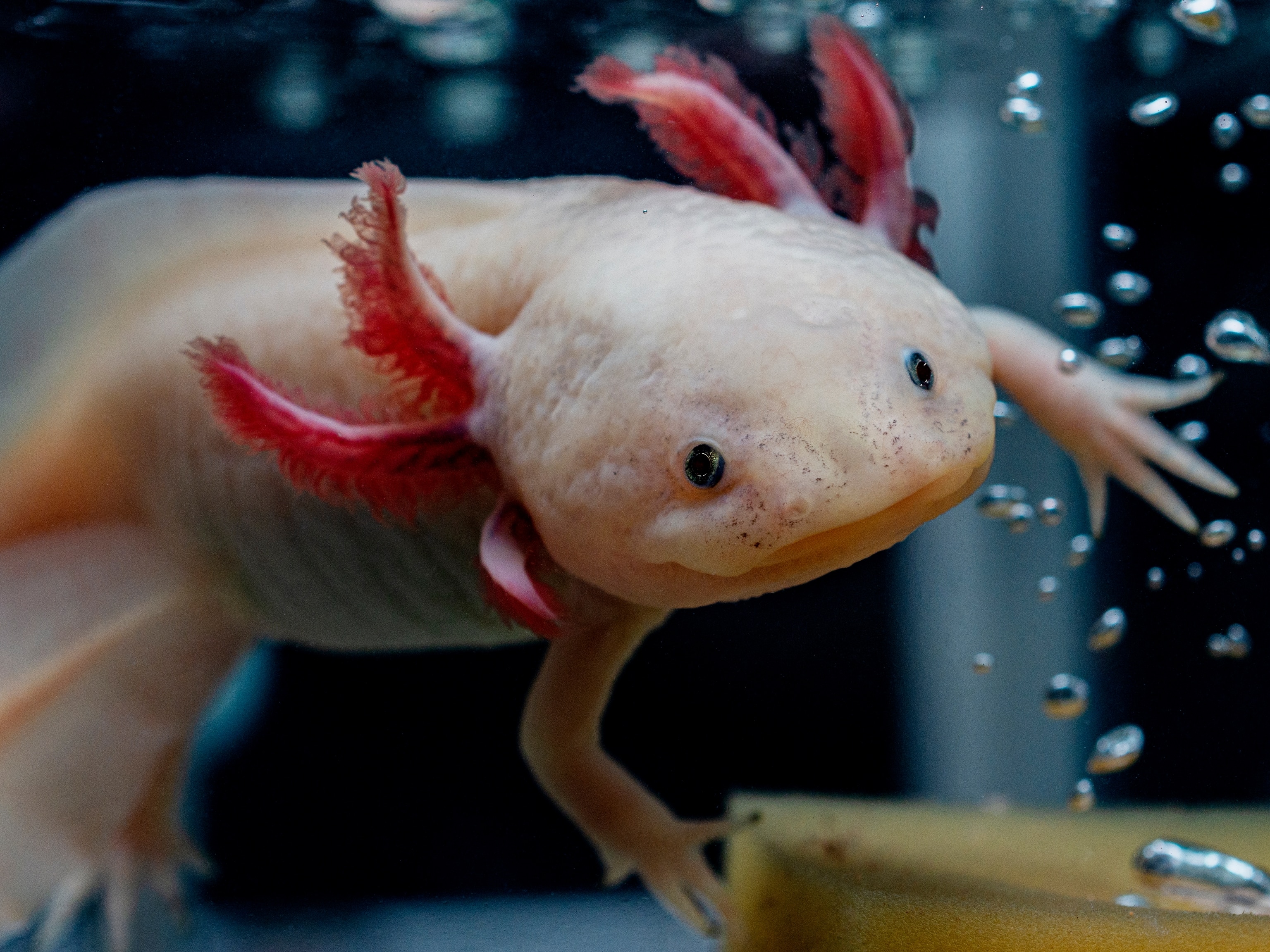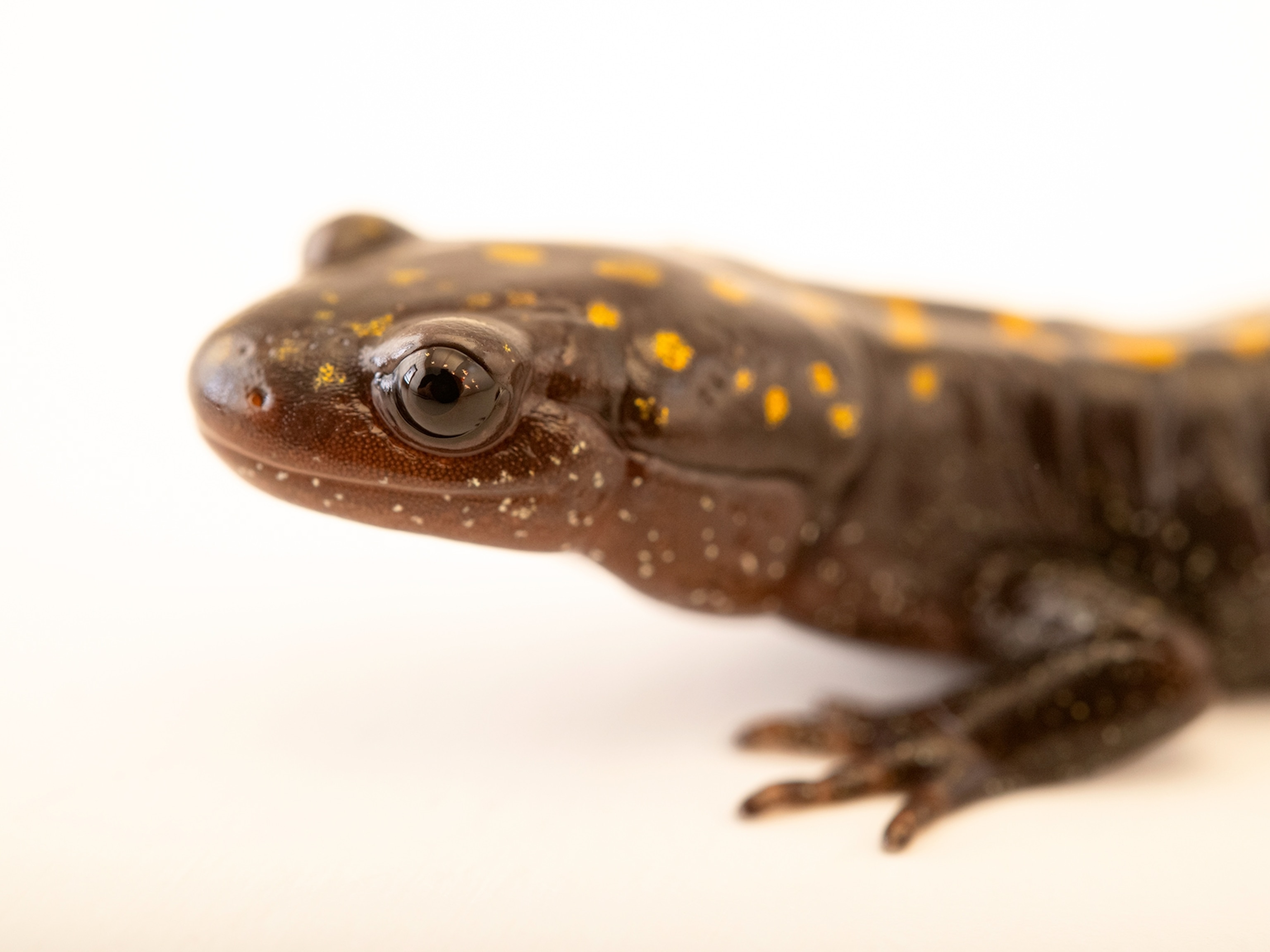This may be the first time a religious group has been involved in amphibian breeding program, an expert says.
Lake Pátzcuaro, the third largest lake in Mexico, lies a little more than 200 miles west of Mexico City. As an endorheic basin, the lake does not drain into the sea—and it’s the sole home for a rare, unique species of salamander.
Locally known as “achoques,” the Lake Pátzcuaro salamander (Ambystoma dumerilii) is an amphibian that lives its entire life in freshwater. With gills that flare out when submersed, the salamander looks similar to the axolotl, a relative. It’s critically endangered, with rough estimates saying there are fewer than 100 individuals left in the wild.
“This could be extinct in the next 20 or 30 years,” Omar Domínguez, a conservation biologist at Morelia’s Michoacán University, writes in an email.
But it seems the Lake Pátzcuaro salamander is getting some divine intervention. With Domínguez as breeding program coordinator, a convent, a zoo, and Michoacán University are teaming up in an international conservation effort to save the species. (Related: read about the hellbender, a giant U.S. salamander on the brink of extinction.)
Beyond the Axolotl: Other Exotic Pets
“This is probably the first time a religious community has been involved with amphibian conservation,” says Gerardo Garcia, a Chester Zoo expert who is closely involved in the conservation effort. “Everybody can be a conservationist.”
Saving Salamanders
In 2014, Gerardo Garcia, who is also the curator of lower vertebrates and invertebrates at the Chester Zoo in England, visited Mexico while working on a breeding program for threatened freshwater fish. While in country, his colleagues at Michoacán University encouraged him to visit the Sisters of the Monastery of the Dominican Order—and their salamander conservation operations—in nearby Pátzcuaro. (Watch: “5 Giant Salamander Species Identified—Any They’re All in Danger”)
“It’s not something I generally do on my fieldtrip, going to meet the nuns,” Garcia says.
For the past 150 years, the nuns in the convent had been sustainably raising the rare salamanders. The amphibians are a crucial ingredient in a mysterious medicine the convent makes that is believed to cure coughs, asthma, and anemia, so the women breed the animals in order to keep their tradition alive. (Related: “The Secret Lives of Mexican Nuns”)
Of the 23 nuns in the convent, three or four live and work at the breeding facility at a time to take care of the animals. The facility is made up of two large rooms filled with tanks that can hold up to 400 salamanders. The nuns feed organic earthworms to the amphibians and use a nearby well to change their water regularly. (Related: Meet Professor Wu, the only Chinese giant salamander in the U.K.)
“They have a fresh environment, freshly harvested food, and they have a fully dedicated staff,” Garcia says. “It’s just what they need. You almost create an ideal environment for the endangered species.”
In addition to the everyday needs of the salamanders, the nuns measure and microchip the animals, as well as pair them up for breeding. Garcia says that the untrained eye can’t distinguish one salamander from another, but the nuns, with all their years of experience, can. (Related: “How a Runaway Nun Helped an Outlaw Monk Change the World”)
Around the World
The Chester Zoo also has a small population of Lake Pátzcuaro salamanders in England, and the Michoacán University and a private breeder have populations in Mexico. But Garcia says the population at the convent is the most viable because the salamanders live the closest to their native environment. The closer they are to the lake, the less likely the animals are to be exposed to alien pathogens. (Related: read about the biggest amphibian on Earth)
“These specimens that we have in Europe may not be as vital as the animals they have in the convent or in the university,” Garcia says. “All the different questions we need to address in the lake are in the communities.”
As a top predator, Domínguez says the salamanders are important to Mexican biodiversity. They have also been a staple of the region since Pre-Hispanic times, he adds, and they’re crucial for cultural reasons.
For now, Garcia says the animals can be bred slowly and there’s no exact timeline for when they can be reintroduced to the wild. The researchers must make sure the species can thrive in captivity before they begin slowly releasing a few individuals to see how they fare outdoors. (Related: “Watch How Bizarre ‘Water Monsters’ Get a Second Chance”)
“It will take at least a good year, if not two. After a year, we will have a better feeling,” Garcia says. “2020 will potentially be the beginning of trial releases.”
Related: Browse Other Endangered Species
Correction: A previous version of this article incorrectly identified salamanders as lizards; salamanders are a type of amphibian, whereas lizards are a type of reptile.
